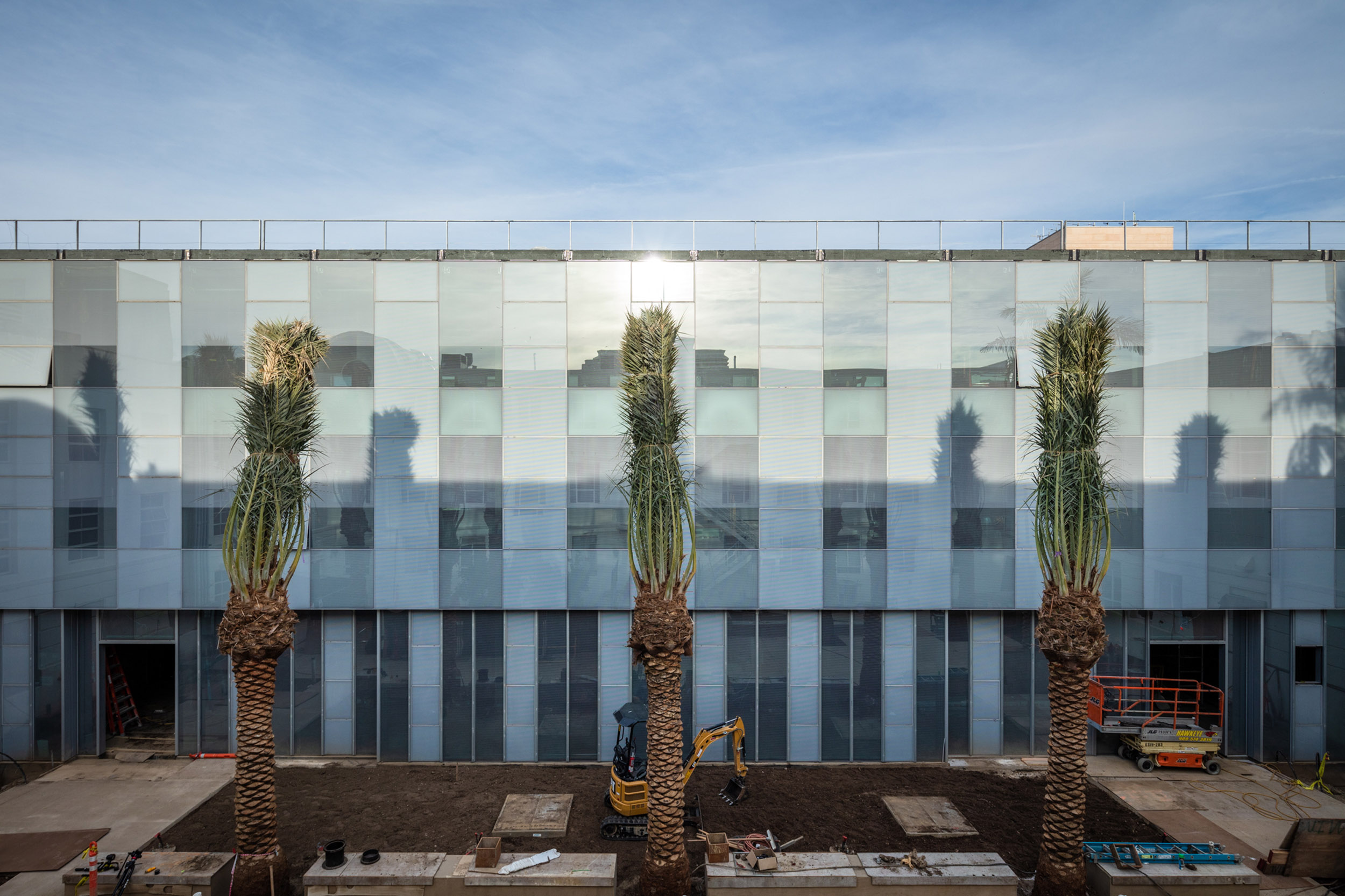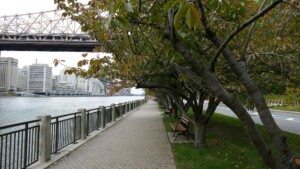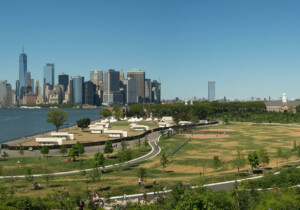We have heard the same scaremongering again and again from Republicans.
Healthcare reform will result in “death panels,” tax reform will be a “jobs killer,” and firearms regulation means they will “take your guns.”
Continuing this fine tradition, President Trump said in last night’s debate that Democratic presidential nominee Joe Biden and the party’s vision for a clean energy future would entail “tiny little windows.” Trump has repeatedly pushed this narrative since a rambling, bizarre July press-conference-turned-stump-speech, in which he claimed that a Biden administration would move to “abolish the suburbs” and even suggested that it would make windows illegal. Democrats, Trump said, would “rejoin the Paris Climate Accord and seek an even higher level of restrictions.… Mandate net-zero carbon emissions for homes, offices, and all new buildings by 2030.… That basically means no windows, no nothing.”
Trump is referring in part to the House Democrats’ plan to reform energy policy, which aims to achieve net-zero greenhouse emissions in the U.S. by 2050, meaning we would produce less greenhouse gas than we would eliminate. In the plan, the building sector—responsible for 40 percent of emissions in the U.S.—would achieve “net-zero” by 2030.
Trump’s attacks on the suburbs and claims about “no windows“ or “tiny windows” are clearly meant to scare white suburbanites, a key swing-voting demographic where polls continue to indicate Trump is trailing. Like many of Trump’s claims, his mischaracterization of net-zero energy buildings is easily refuted by the facts on the ground.
In reality, net-zero energy ambitions and ample glazing are not mutually exclusive, as many recent buildings demonstrate. By many metrics, they are very livable places that go beyond typical standards for natural light, natural ventilation, and other quality-of-life-enhancing features.

Architects, designers, and engineers utilize passive design strategies to make the building’s architecture work with natural forces and decrease dependency on “active systems” such as heating, ventilation, and air conditioning. These strategies rely on fresh air and sunlight, which simply make more pleasant spaces.
The recently opened Santa Monica City Services Building, designed by Frederick Fisher & Partners in collaboration with Buro Happold Engineering, has 209 operable windows. In Princeton, New Jersey, a post-occupancy survey of Studio Ma’s Princeton Lakeside graduate housing showed that 97 percent of surveyed residents thought it a good place to live. At Morphosis Architects’ near-net-zero office in Los Angeles, 80 percent of surveyed occupants thought that the building improved their productivity.
At Public School 62 in Staten Island, Skidmore, Owings and Merrill achieved 98 percent daylighting autonomy in corridors, a measurement that tracks the percentage of annual work hours during which all or part of a building’s lighting needs can be met through daylighting alone without dependency on electrical lighting.
Meanwhile, a planned branch library in Boulder, Colorado—where the municipal government wants to implement net-zero building codes by 2031—promises an optimistic vision for a net-zero future.. Designed by the New York-based architecture firm WORKac, the project combines passive design elements, such as windows oriented for cross ventilation and vertical chimneys to evacuate heat, and high-tech mechanical systems to decrease energy usage.

Apart from creating the conditions of a generous architecture, these strategies will also save the client money in the near-to-long term. The architects estimate the building would pay for itself in as little as 12 years, owing to lower maintenance and conditioning costs. WORKac worked with the Denver-based deep-green engineering firm Integral to arrive at the estimate. According to Integral, if the goal is over 20 percent energy savings, it becomes more economically efficient to invest in low-tech facade architecture rather than high-tech systems.
Not only are net-zero buildings desirable places to live and work, they can outperform conventional air-conditioned buildings in terms of comfort, as studies suggest that simply blasting cold air in doesn’t work. (We have all been in a freezing office in the summer.) The Center for the Built Environment at the University of California-Berkeley have demonstrated that A/C environments have a lower temperature range of comfort than in naturally ventilated spaces. In fact, it is thought that an estimated 80 percent of people are uncomfortable in air-cooled environments. (Air temperature is only one factor in human comfort; others include radiant temperature, humidity, air speed, human metabolic rate, and clothing.)
The President’s claims that we will miss the “good old days” of air conditioning in a net-zero future are classic Trumpian hucksterism. He is selling us an outdated product under false pretense, the built equivalent of a Trump steak.
However, the enactment of climate policy through net-zero design doesn’t stop with buildings.
Whether climate denial and anti-green policy is a winning strategy for Trump’s Republican party will be seen in November, but a recent Pew Research Center poll found that two-thirds of Americans support climate action. Nonetheless, cities and states are forging ahead and committing to reducing emissions and using 100 percent renewable energy. While some municipalities are simply building public buildings to be net-zero, others have had success incentivizing or regulating private development.
These progressive measures require nuance and skill, something that architects and designers know how to deliver, if leaders can find the political will to make it happen. As long as we are building new buildings, they should work with the environment, not against it.
Matt Shaw is faculty at the Southern California Institute of Architecture.










